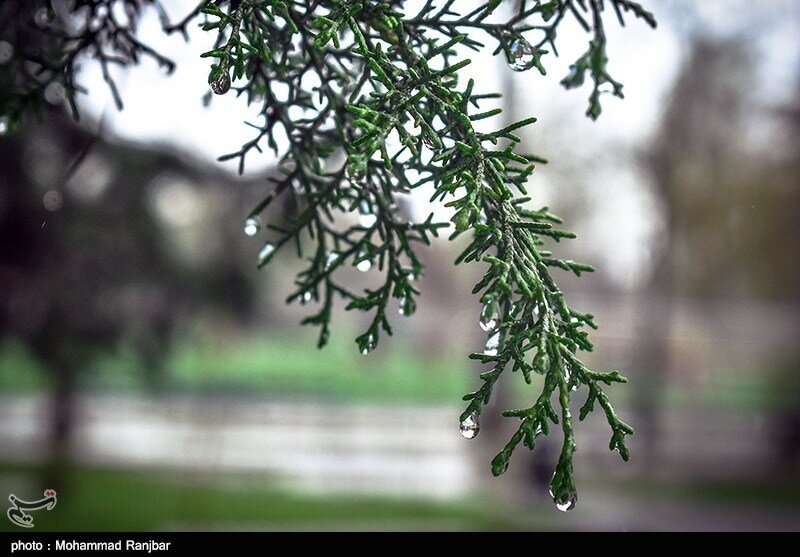Average temperature declines during spring nationwide

TEHRAN – Temperature dropped by 0.2 degrees Celsius on average in Iran during the spring compared to the long-term means, the director of the National Drought Warning and Monitoring Center, affiliated to the Meteorological Organization, has said.
In the first three months of this year, province of West Azarbaijan met the highest temperature variation being warmer by 0.6°C compared to the long term averages, ISNA quoted Sadeq Ziaeian as saying on Monday.
While Qazvin province experiencing a temperature drop of 0.8°C set the record high for the province with the highest temperature drop compared to its long-term mean, he added.
Referring to temperature records of last month, he explained that the country’s temperature increased by 0.5°C in comparison with the long run, while the West Azarbaijan province had the highest increase in temperature experiencing 2.7°C. On the other hand, in Kerman province, the weather got cooler by 0.6°C.
Ziaeian noted that during the first three months of this year, the weather of Tehran got 0.6 °C cooler than the long term means, however, it increased by 0.2°C during the last month compared to the same period last year.
Rainfall raises across Iran during spring
Speaking of precipitation rate of the country over the spring, he stated that the whole country received 104 millimeters of rain during the spring, which demonstrates a 54 and 88 percent increase compared to that of last year and long term averages, respectively.
During the past three months, all the provinces experienced increase in precipitation in comparison to the long run, however, Ardebil province was exceptionally precluded due to a 6 percent drop in rainfall compared to the long-term average.
Statistics show that Lorestan, Chaharmahal and Bakhtiari and Hamedan provinces with 314 mm, 258 mm and 231 mm, respectively, ranked the first three provinces in terms of highest precipitation received during the spring, he said.
Pointing to the rainfall rates over the last month of spring, he stated that the total rainfall of the country was recorded about 5.6 mm, which was less than the previous year, but met normal levels in comparison to the long-term rainfall.
The highest amount of precipitation poured over the provinces of Northern Khorasan, Urmia and Khorasan Razavi which reported 25, 22 and 20 mm, respectively, he added.
Tehran rainfall over the last month was recorded 11.8 mm, which was reported 24 mm in the previous year and 8 mm in the long run. Therefore, it demonstrates that the capital is short of rain compared to the same period last year, while being doused in comparison to the long term average, he explained.
Over the spring, rainfall amounted to 127 mm in Tehran, which increased by 10 percent compared to 115 mm of rainfall last year and 65 percent more than the long-term mean of 77 mm, he concluded.
FB/MQ/MG
Leave a Comment